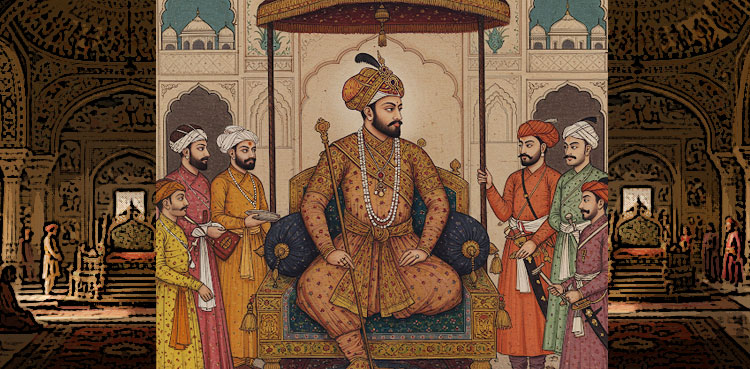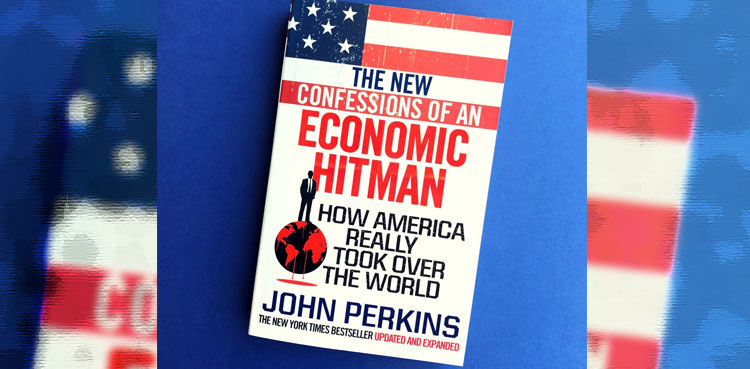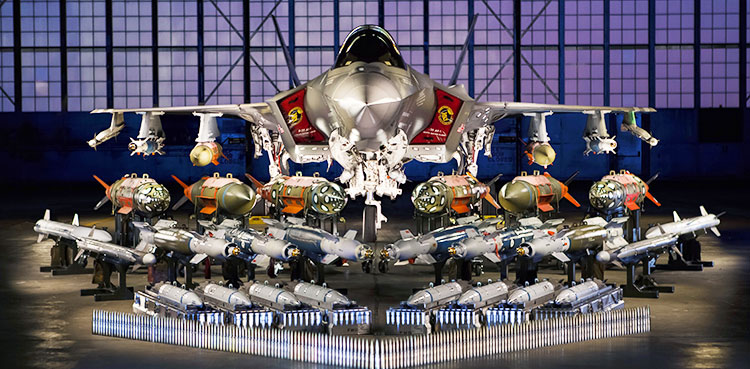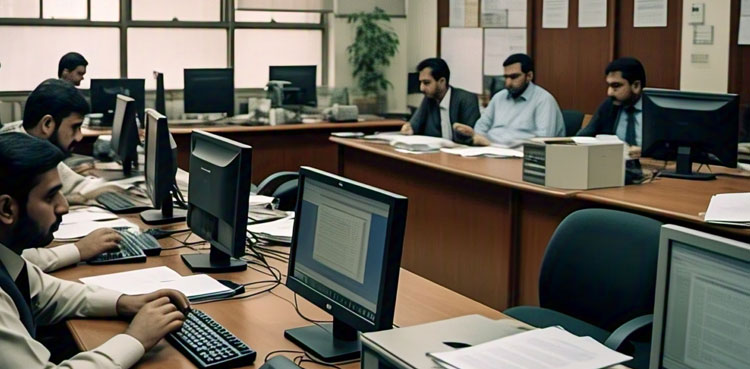Ahmed Shah Abdali, also known as Ahmad Shah Durrani, is a towering figure in South Asian history. Born in 1722 in Multan (modern-day Pakistan), he rose to become the founder of the Durrani Empire and is often regarded as the father of modern Afghanistan.
His military campaigns, particularly against the Marathas, and his administrative reforms left an indelible mark on the region.
Here we delve into his conquests, administration, and lasting legacy.
The Rise of Ahmed Shah Abdali
Ahmed Shah Abdali began his career as a commander in the army of Nadir Shah, the Persian ruler who invaded India in 1739. After Nadir Shah’s assassination in 1747, Abdali seized the opportunity to establish his own empire. He was crowned king in Kandahar, Afghanistan, and soon embarked on a series of military campaigns to expand his dominion.
The Conquest Against the Marathas
One of Ahmed Shah Abdali’s most significant military achievements was his victory over the Marathas in the Third Battle of Panipat in 1761. The Marathas, who had established themselves as a dominant power in India, posed a formidable challenge to Abdali’s ambitions.
The Third Battle of Panipat (1761)
The battle was fought between the Maratha Confederacy, led by Sadashivrao Bhau, and the Durrani Empire, supported by Indian allies like the Rohillas and the Nawab of Awadh. Abdali’s forces, though outnumbered, used superior tactics and cavalry to secure a decisive victory. The Marathas suffered heavy losses, which significantly weakened their influence in northern India.
This battle is often seen as a turning point in Indian history. While it halted Maratha expansion, it also exposed the vulnerabilities of Abdali’s empire, which struggled to maintain control over its vast territories.
Administration and Governance
Ahmed Shah Abdali was not just a conqueror but also a capable administrator. He established a centralized system of governance in his empire, which stretched from eastern Persia to northern India.
Key Administrative Reforms
- Tribal Leadership: Abdali skillfully balanced the interests of various Afghan tribes, ensuring their loyalty through a system of patronage and shared power.
- Revenue System: He implemented a structured revenue system to fund his military campaigns and administration. Taxes were collected from conquered territories, including parts of India.
- Military Organization: Abdali maintained a strong, mobile army, which was the backbone of his empire. His use of cavalry and artillery was particularly effective.
- Cultural Patronage: He promoted Persian culture and literature, which flourished under his rule. Kandahar and Kabul became centers of art and learning.
Legacy of Ahmed Shah Abdali
Ahmed Shah Abdali’s legacy is complex and multifaceted. While he is celebrated in Afghanistan as a national hero, his campaigns in India are often viewed through the lens of destruction and plunder.
- Founder of Modern Afghanistan: Abdali laid the foundation for the modern Afghan state, uniting various tribes under a single banner.
- Impact on Indian Politics: His victory at Panipat temporarily halted Maratha dominance but also created a power vacuum that the British later exploited.
- Cultural Contributions: His patronage of Persian culture left a lasting impact on the region’s art and literature.
References
- “The Durrani Empire: A History” by William Dalrymple – A detailed account of Ahmed Shah Abdali’s rise and reign.
- “The Third Battle of Panipat” by Vishwas Patil – A comprehensive analysis of the battle and its consequences.
- “Afghanistan: A Cultural and Political History” by Thomas Barfield – Explores Abdali’s role in shaping Afghan identity.
- “The Cambridge History of India” – Provides insights into Abdali’s impact on Indian history.










